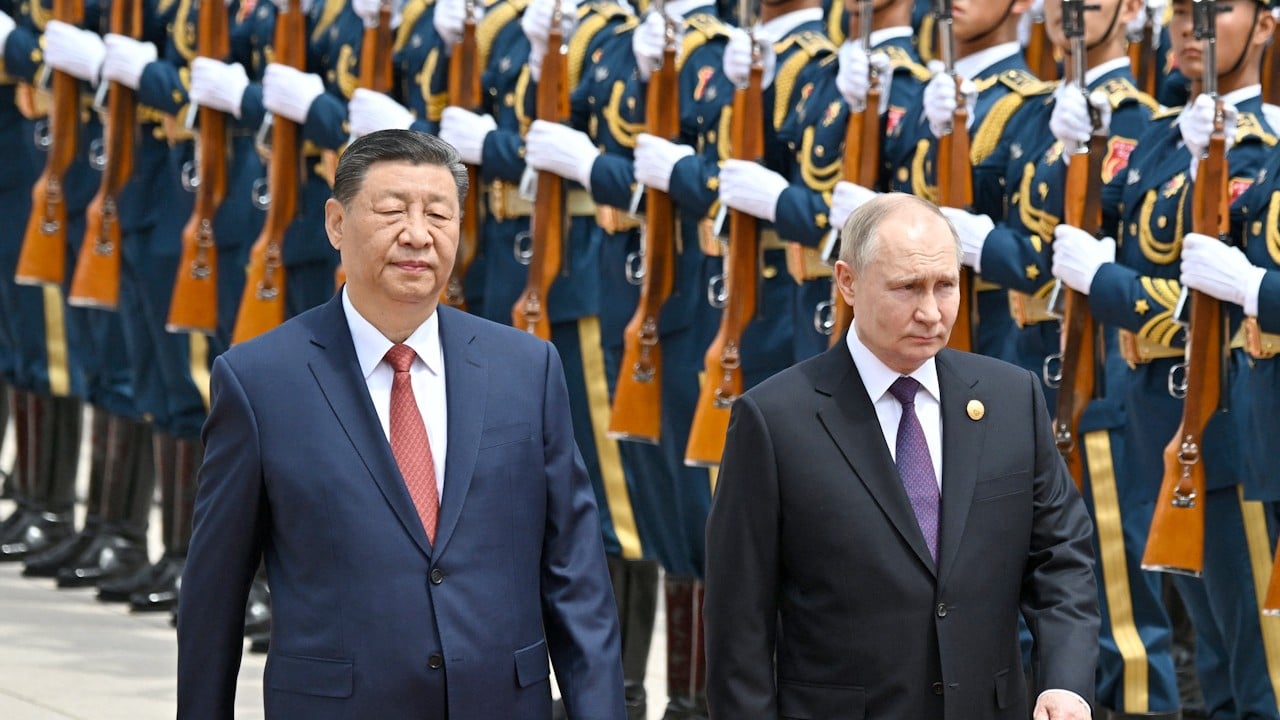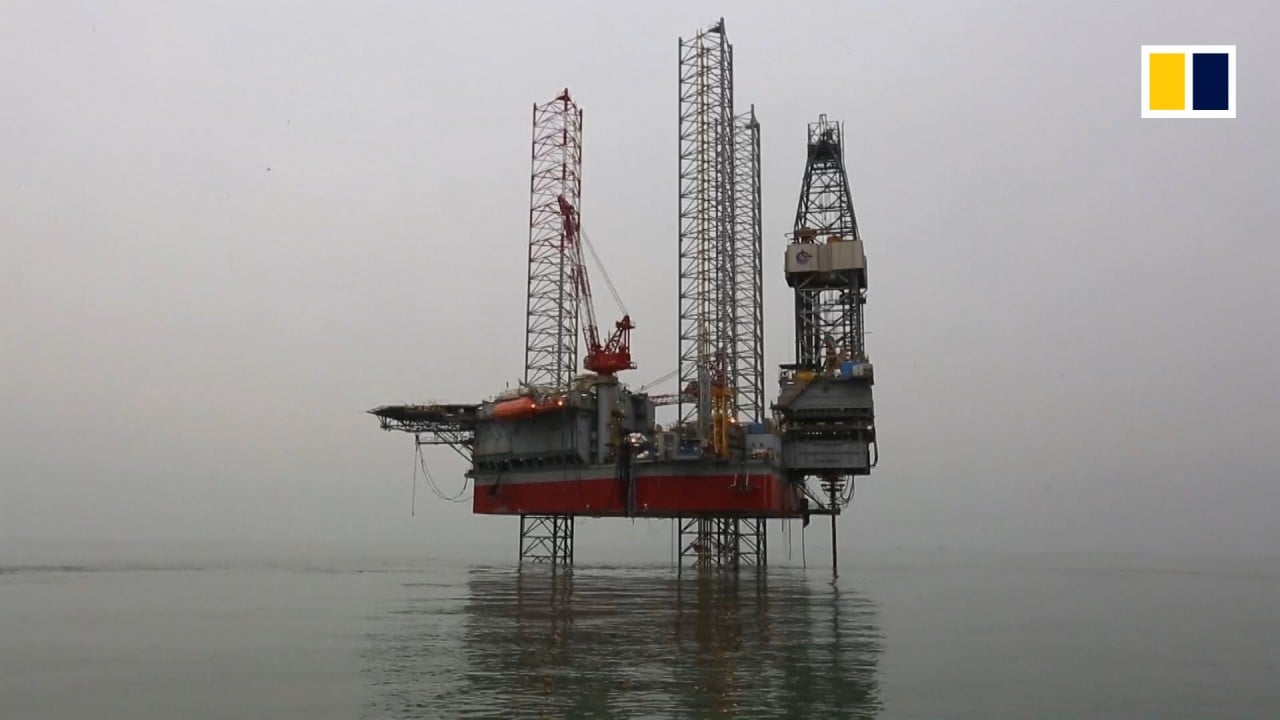Earlier this year, construction started on the second pipeline, the China-Russia Far East Pipeline, which will complement the first, called the Power of Siberia. The Power of Siberia has yet to be completed and is not operating at full capacity.
If all proceeds as planned, the three pipelines will eventually deliver 98 billion cubic metres of gas every year to China, equivalent to Russia’s total gas exports via pipeline last year and a quarter of China’s total gas consumption that year.
But such a deepening of dependence on Russia would cut against China’s energy security strategy. China, which imports 42 per cent of its gas supply, has made efforts over the last two decades to diversify its energy imports to reduce its dependency on any one source.
These efforts show how China is striving to achieve a balanced and diverse energy mix. But if two more pipelines from Russia are added, a third of China’s total gas consumption when counting LNG will be from one country.
Power of Siberia 2 is also a costly proposition for China. Even as Russia has offered bargain basement gas prices to incentivise the development of the project, China would need to construct several hundred kilometres of gas pipelines through the desert to connect the project to the main demand centre, the Bohai Economic Rim – which includes Beijing, Tianjin and three northern provinces – one of the three economic engines of China.
But this area already has a dense and mature gas pipeline network with various sources. Power of Siberia 2, which will potentially increase the area’s supply by 50 per cent, can expect to face fierce competition from the fast-growing capacity of the Tianjin-Tangshan coastal LNG imports, offshore gas from the Bohai Sea, and domestic gas from Shaanxi, even the gas imports from the other two Russian pipelines. This oversaturation represents a clear and unnecessary capital expenditure.
In addition, around half of the gas consumption in the north of China is for household use, especially winter heating, meaning the area’s gas demand will see significant seasonal fluctuations. If the gas from Power of Siberia 2 has to travel further south to find consumers when demand is low, its costs will rise, rendering the project even less economically viable.
Due in part to this breakneck buildout, the power sector’s carbon emissions may peak five years earlier than the targeted 2030. Increasing gas supplies as a bridge away from China’s coal-dependent economy increasingly makes less sense for its energy transition.
The war in Ukraine and resulting economic sanctions continue to play a role in Russia’s push for Power of Siberia 2 in China. But the war won’t last forever, and Russia is unlikely to maintain the fire sale for long.
Unlike the more liquid LNG markets, gas pipelines present a long-term sunk cost that is more difficult to shift. If China puts too much weight on this “single source buyer” project, it faces economic and political risks that threaten to upend its energy security agenda and derail its energy transition.
Aiqun Yu is a research analyst and senior East Asia strategist with Global Energy Monitor (GEM)


